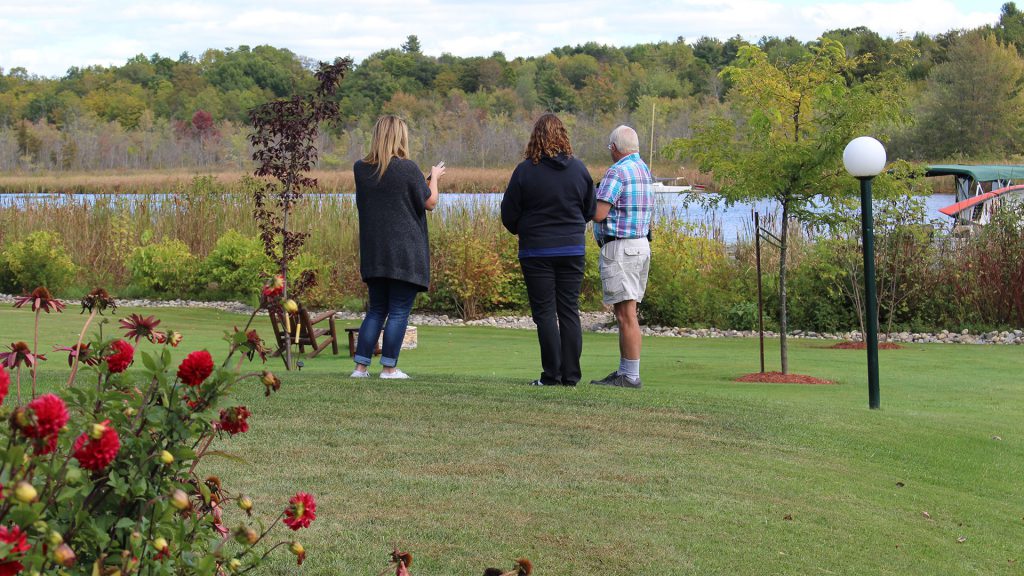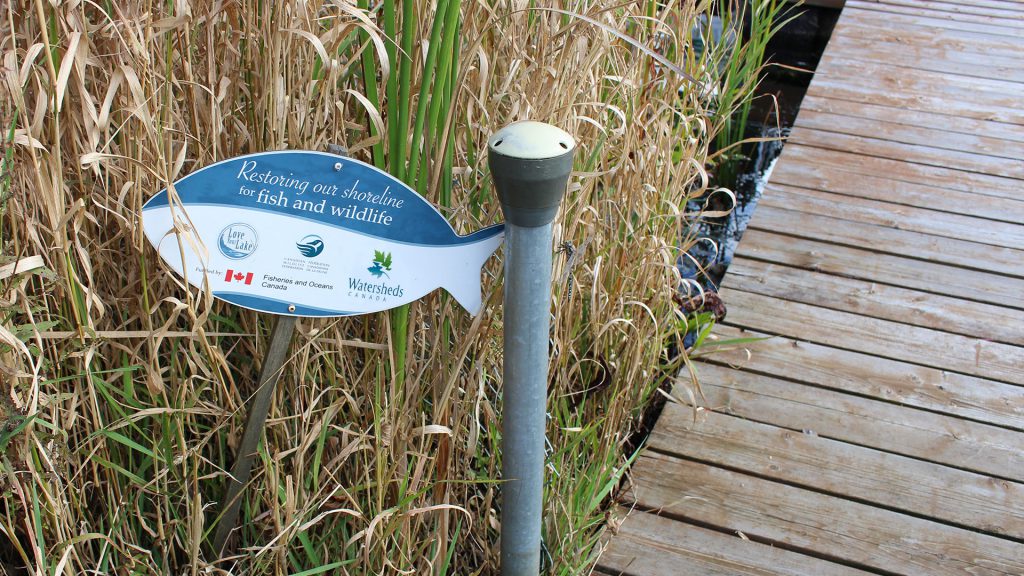Also, a rich wildlife profile can be an excellent indicator of overall land health if you know what to look for. Butterflies, for instance, are very quick to react to changes in the environment and act as an early warning system.
Cavity Trees
These are trees with hollowed out areas and an important source of food and shelter. More than 85 species of North American birds rely on cavity trees for sustenance. Adding cavity trees to your shoreline will attract woodpeckers, nuthatches, flickers and other birds and small mammals.
Fallen Logs
They may not look it, but fallen logs are a valuable habitat to many species. Insects are attracted to the decaying wood, which, in turn, attracts other animals. Amphibians, reptiles, small mammals, even some birds use fallen logs for cover, moisture and for hunting grounds. So instead of seeing fallen logs as eyesores, gather them up and build a natural area on your shoreline.
Brush Piles
A perfect habitat for birds, small mammals and reptiles, these can be constructed with eight or so two-metre-long straight untrimmed branches. Arrange them in a teepee shape with their butt ends anchored in the ground and their top tips interlocked, then pile evergreen boughs on the top and sides to form a cone. On cold nights, you’ll be surprised by the animals that will call it home.
A Variety of Plants
Varying their heights will attract diverse wildlife: birds; mammals like flying squirrels and porcupines; tree frogs and beneficial insects.
- Evergreens (trees with needles) provide great cover in the cold winter months.
- Deciduous trees (trees with leaves) provide shade from the sun and allow for air circulation.
- Shrubs (plants with multiple stems above ground) provide leaves closer to the ground where birds and other animals can forage.
- Flowers provide nesting sites for some bees and pollinators.
Why Garden for Wildlife?
Join our community
Stay up-to-date on the Love Your Lake program by receiving free updates on Canada’s lakes and rivers.
Program co-ordinated by:


Funding Partners:






